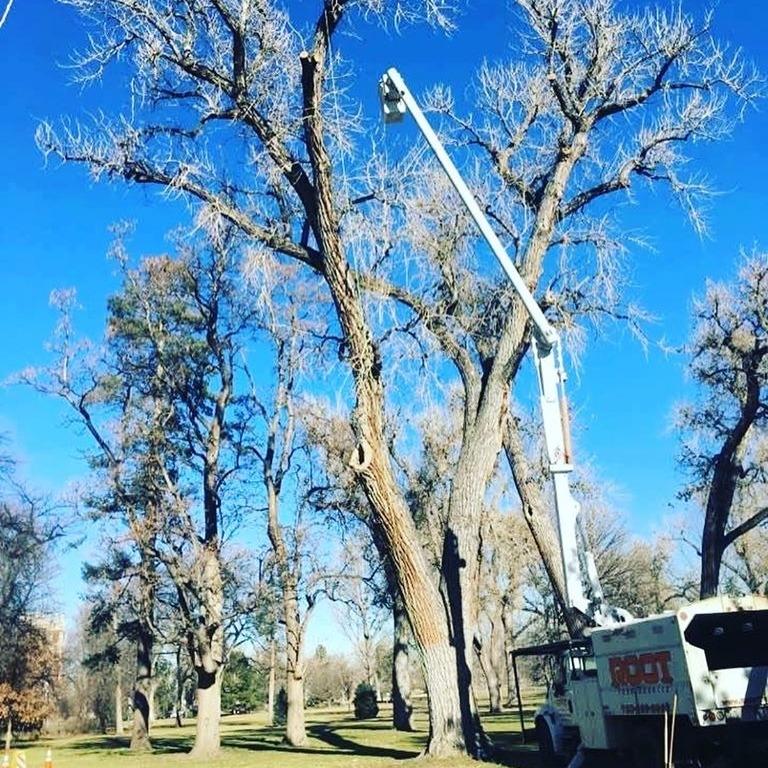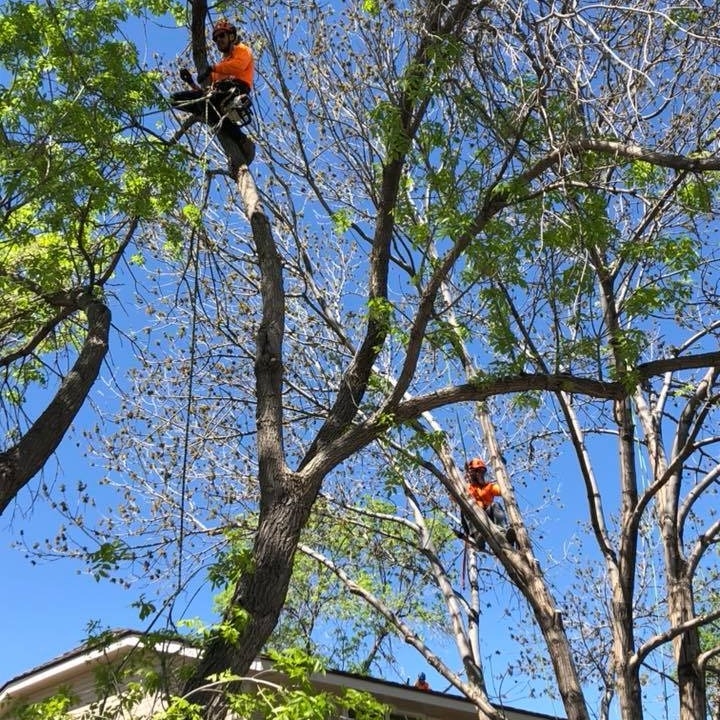Tree Trimming in Colorado
The best time for tree trimming is typically between fall and spring, but there are various factors that may require trimming at other times of the year. Seasonal temperature changes and rapid growth can sometimes necessitate trimming outside the ideal timeframe, especially if it's part of an overall plant health care plan. When trimming, it's important to consider safety and the tree's health, making precise cuts to ensure proper growth. Understanding the tree type, its growth patterns, and the hardness of its wood are essential for effective trimming.
Tree trimming may also be necessary when branches are overgrown into unwanted areas, obstruct sightlines, or block roads or pathways. In urban areas, trees can interfere with street signs, traffic lights, power lines, or important views, posing hazards to the community. Trees' roots can also cause problems underground by interfering with pipes or utilities. Regular care and timely trimming can address these issues, ensuring a safe environment for both people and nature.
Request a Free Consultation Today

